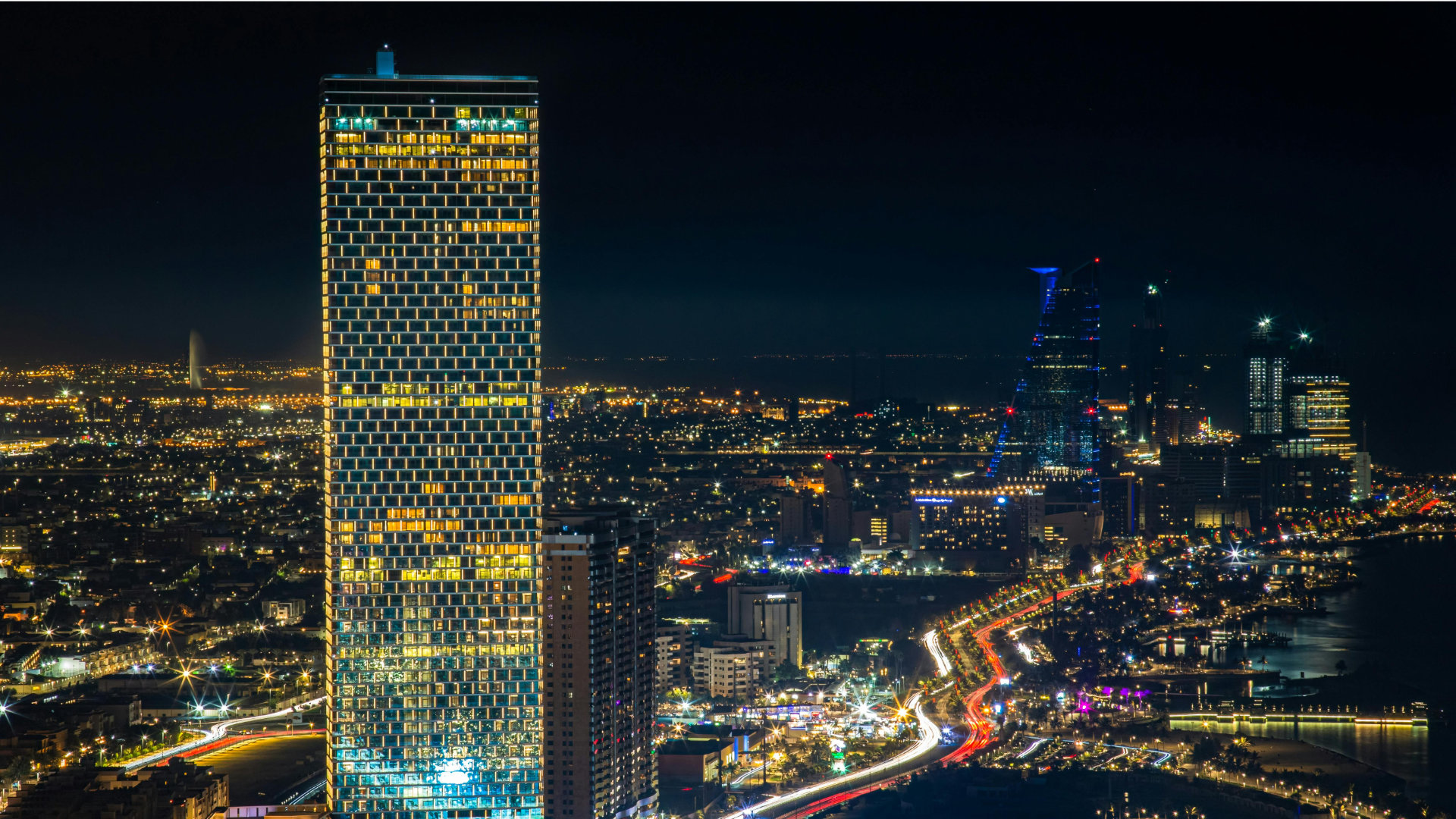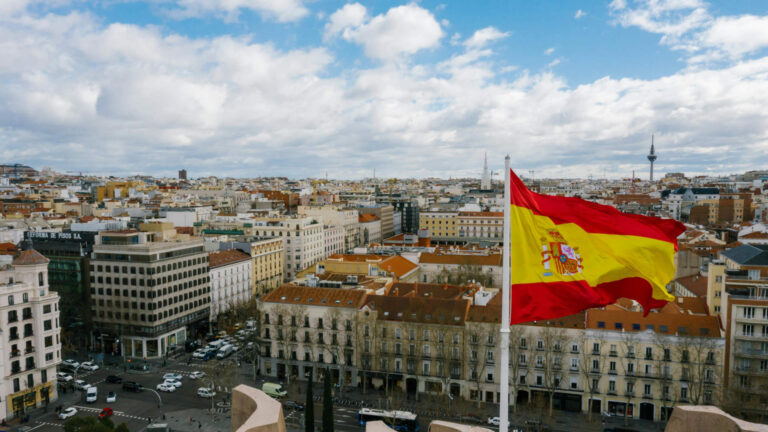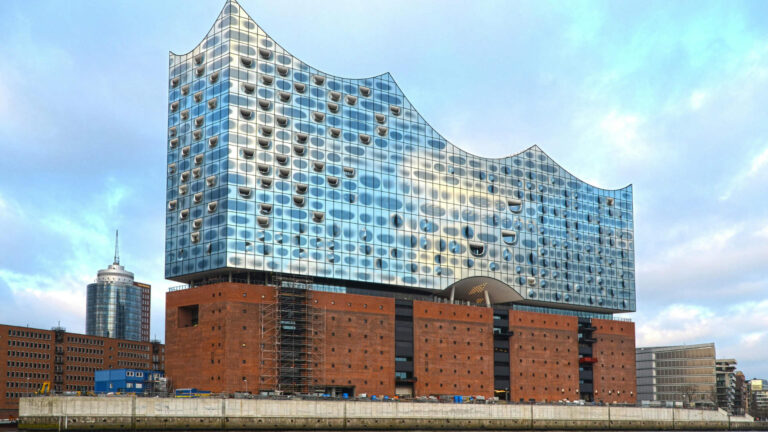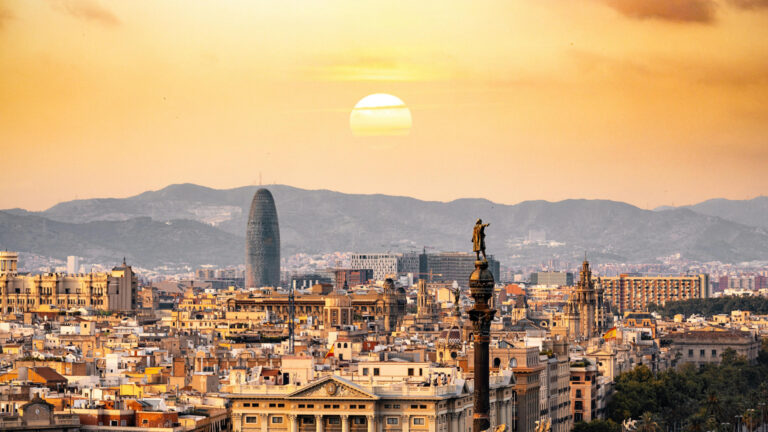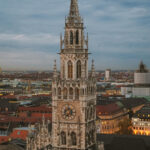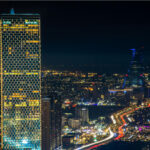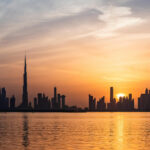Jeddah welcomed me with the scent of the Red Sea carried on a warm evening breeze, the distant hum of waves crashing against the Corniche blending with the rhythmic sounds of the call to prayer echoing through the city. The sky was painted in hues of deep orange and purple as the sun dipped below the horizon, casting a golden glow over the historic buildings and modern skyscrapers that stood side by side. The air was thick with history and movement, a city that had long been a gateway to the world, where traders, pilgrims, and travelers had passed through for centuries, leaving behind echoes of their cultures in its streets.
My first stop was Al-Balad, Jeddah’s historic quarter, where time seemed to slow. The narrow alleyways were lined with rawashin, the intricate wooden lattice balconies that shaded the old coral-stone houses. These buildings, some dating back hundreds of years, stood as testaments to Jeddah’s past as a major port on the Red Sea. I wandered through the labyrinth of streets, the scent of spices and freshly baked bread wafting from small bakeries, the sounds of merchants calling out to passersby. The marketplace was alive with color—fabrics dyed in deep blues and golds, ornate silver jewelry reflecting the dim light, baskets overflowing with dates and fragrant spices like saffron, cinnamon, and black lime.
I stopped at a small café tucked between two historic buildings and ordered mutabbaq, a crispy stuffed pancake filled with spiced meat and onions. The first bite was rich with flavor, perfectly balanced between savory and slightly sweet. A strong cup of Arabic coffee followed, its bitterness softened by the sweetness of a few fresh dates. The owner, an elderly man with a welcoming smile, told me stories of how Al-Balad had changed over the years, how modernity had crept in but never erased the soul of the city.
As the sun fully set, I made my way to the Jeddah Corniche, the city’s vibrant waterfront stretching along the Red Sea. The promenade was filled with families enjoying the cool evening air, joggers moving at a leisurely pace, and children laughing as they chased each other along the well-lit walkways. The King Fahd Fountain, the tallest of its kind in the world, shot a powerful jet of water high into the night sky, illuminated against the dark waters. The breeze carried the faint scent of salt and grilled seafood from the nearby restaurants.
Dinner led me to a seaside restaurant specializing in Samak Mashwi, a traditional grilled fish dish seasoned with a blend of cumin, coriander, and lemon. The fish was perfectly charred, its smoky aroma mixing with the sound of the waves lapping against the shore. I paired it with Kabsa, the spiced rice dish that was a staple of Saudi cuisine, its saffron-infused grains absorbing the flavors of slow-cooked meat and dried limes. Around me, groups of friends and families dined leisurely, their conversations filled with warmth and laughter, the city’s relaxed yet lively atmosphere evident in every moment.
The next morning, I rose early to explore the Floating Mosque, or Al-Rahma Mosque, an architectural gem built on stilts over the sea. The soft morning light cast an ethereal glow over its white domes and minarets, making it appear as though it was truly floating on the water. I watched as the tide gently moved beneath it, reflecting the intricate designs of the mosque in the rippling blue. Inside, the calmness was almost tangible, a place of quiet reflection amidst the city’s energy.
From there, I ventured towards the Jeddah Sculpture Park, an open-air gallery showcasing works by world-renowned artists. The sculptures, ranging from modern abstract pieces to classical designs, stood boldly against the desert sky, a reminder of Jeddah’s reputation as Saudi Arabia’s most artistic city.
As midday approached, I sought refuge in one of the city’s bustling souks, where the cool shade provided a break from the heat. In Souq Al Alawi, one of the oldest markets in the region, traders sold everything from intricate Persian rugs to hand-carved incense burners. I picked up a small bottle of oud, the rich, smoky fragrance so deeply tied to Arabian culture, knowing that every time I smelled it in the future, it would bring me back to this moment.
Before leaving Jeddah, I returned once more to the Corniche, this time boarding a small boat for a short ride along the coastline. The sun was beginning its descent again, casting a golden shimmer on the sea. In the distance, the city’s skyline reflected the light, a perfect blend of old and new, tradition and modernity, history and the future.
As the boat rocked gently with the waves, I realized that Jeddah was not just a city; it was a story—a tale of centuries of trade, migration, and cultural exchange, a place where the past and present intertwined effortlessly. It was a city that embraced the sea, its lifeblood, and in doing so, welcomed the world with open arms. And as I watched the city lights begin to glow against the deepening blue of the evening, I knew that Jeddah’s story was one I would carry with me long after I had left its shores.

